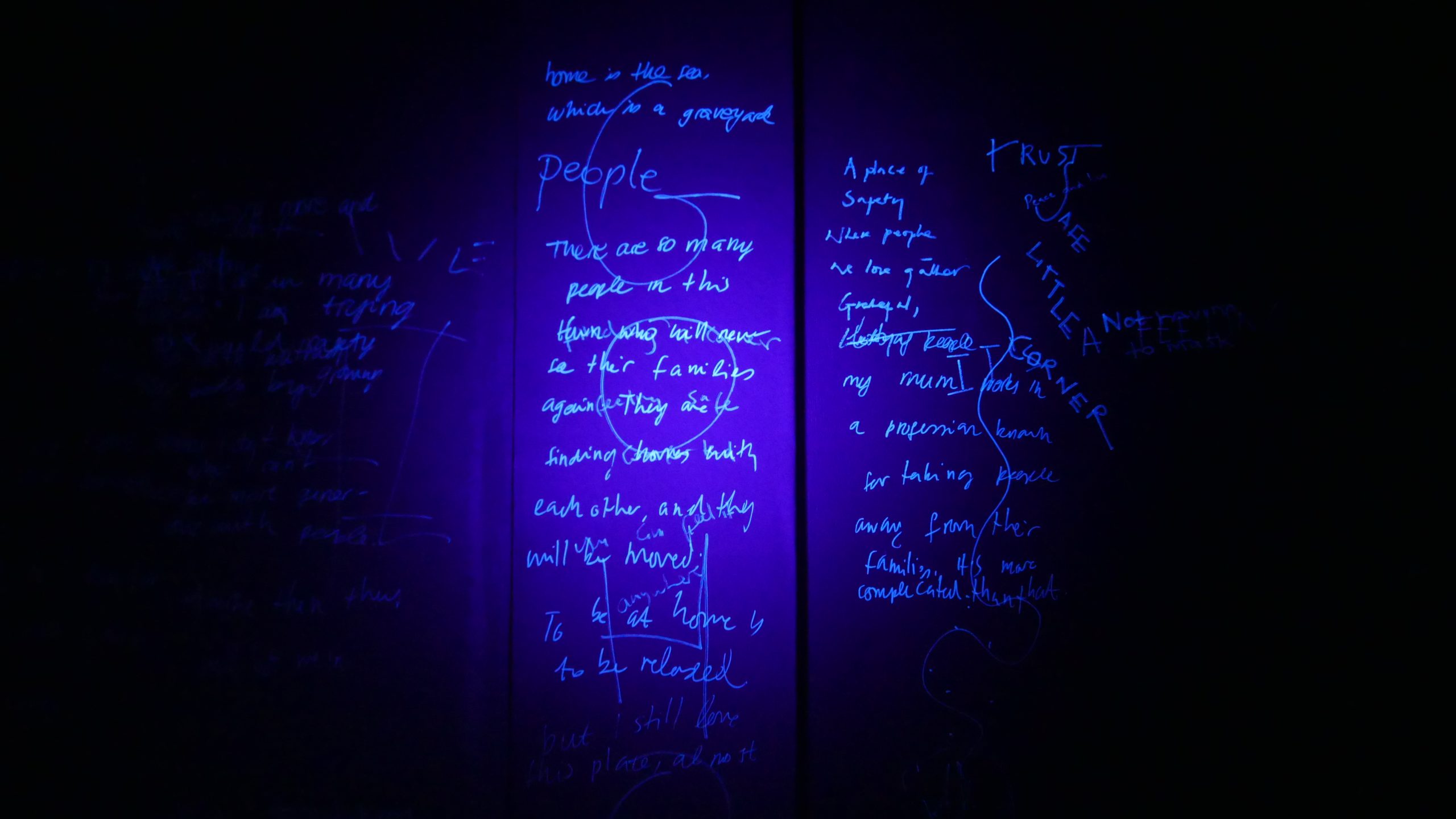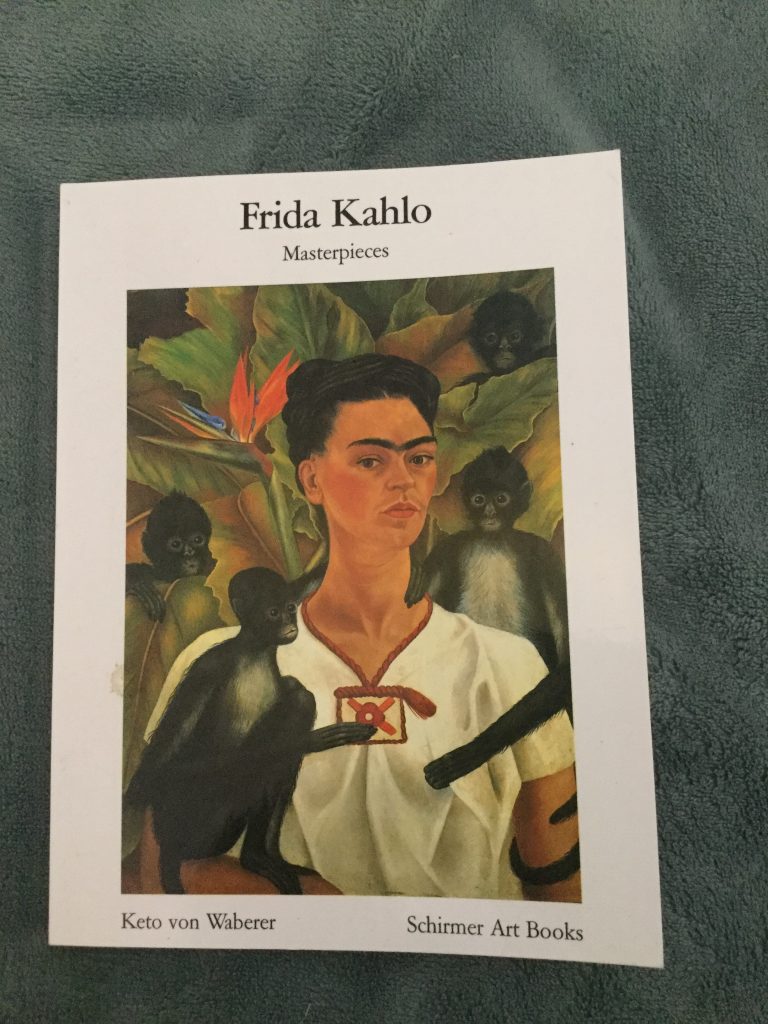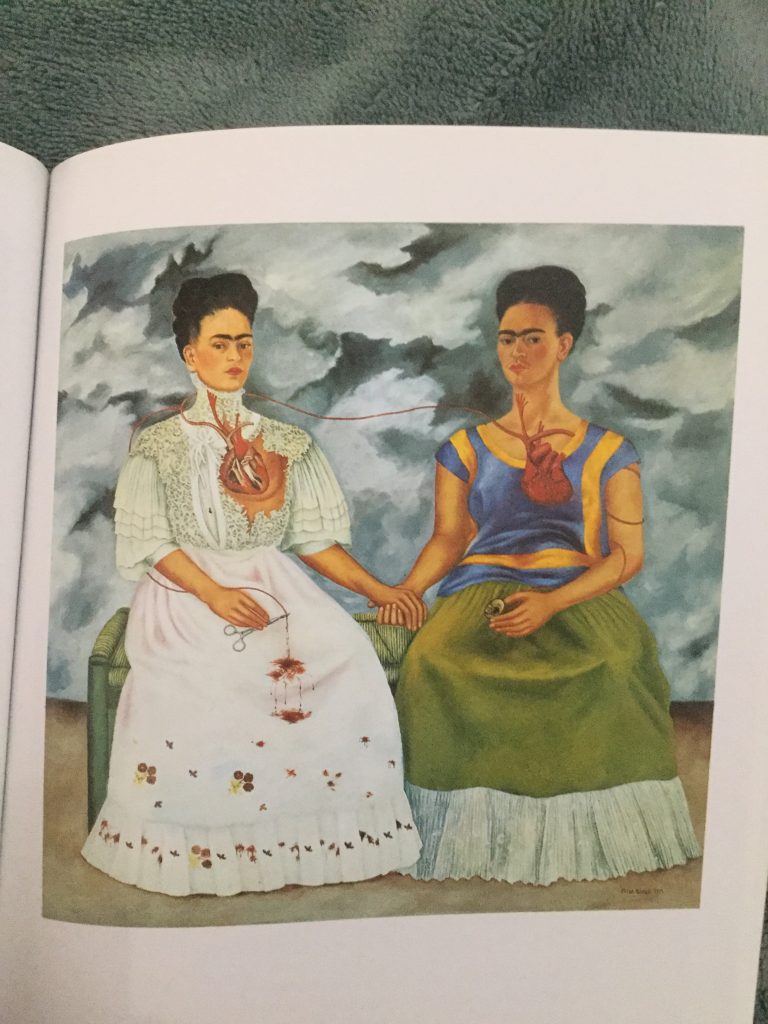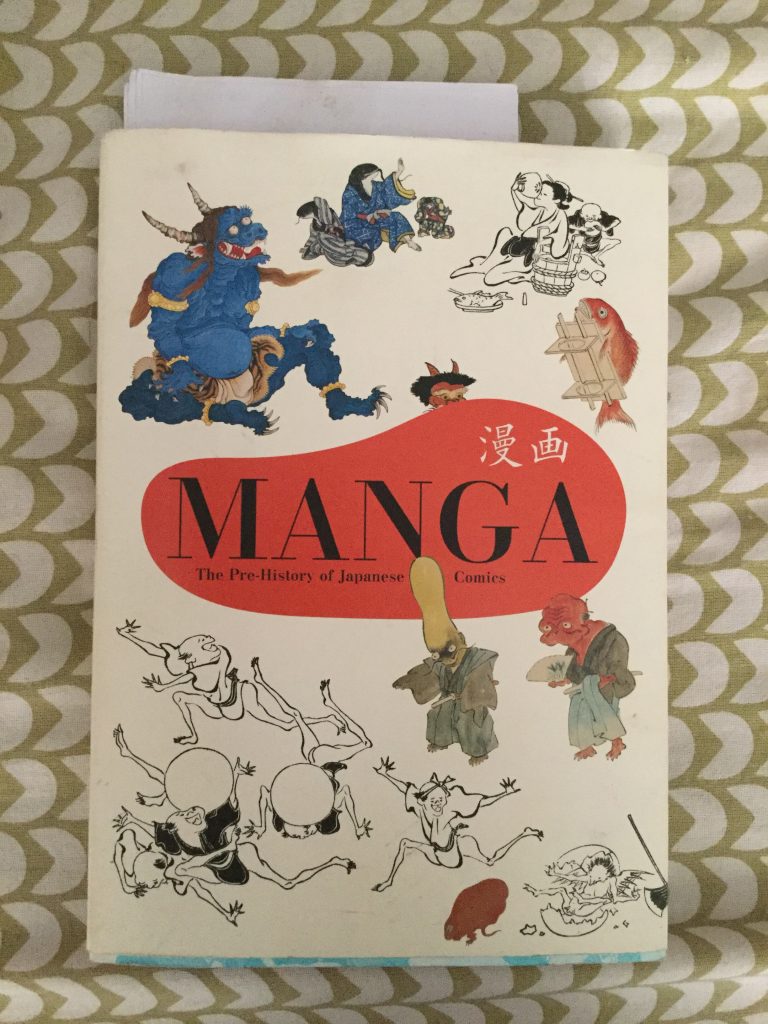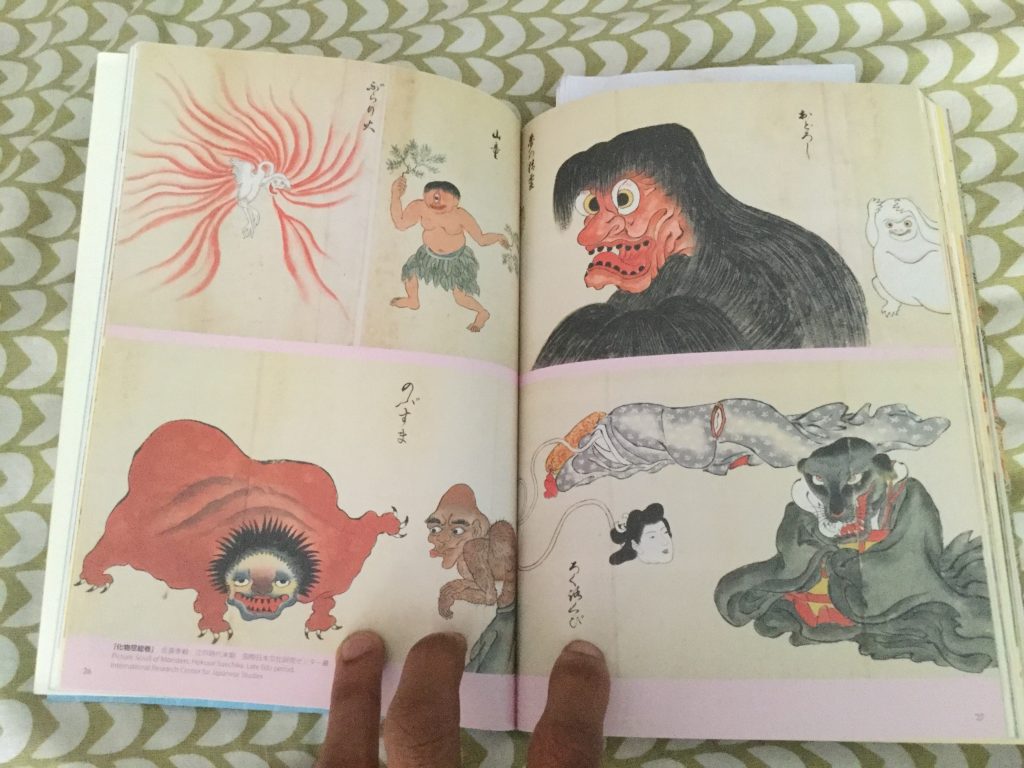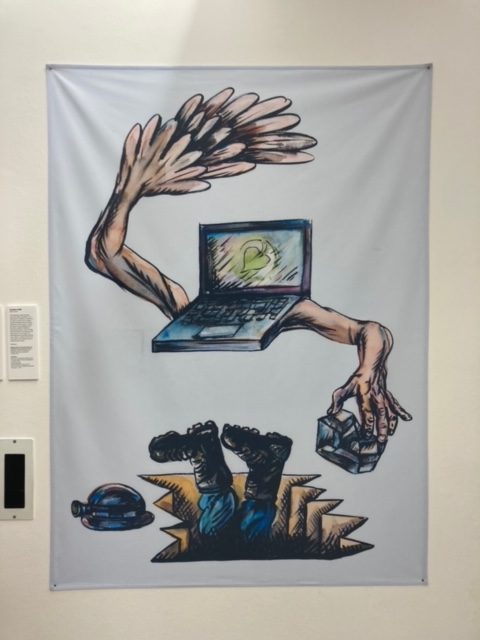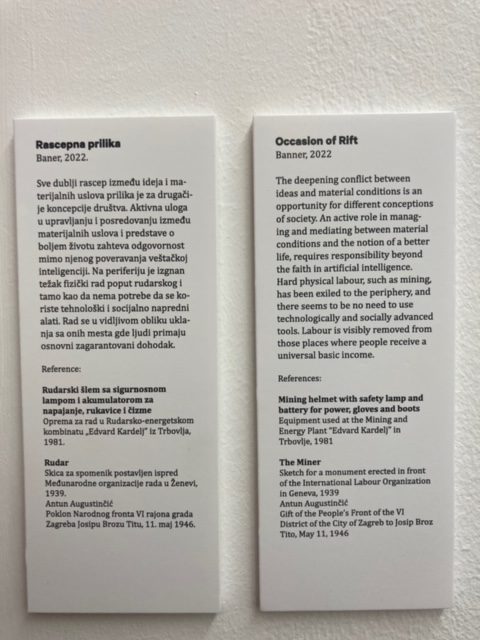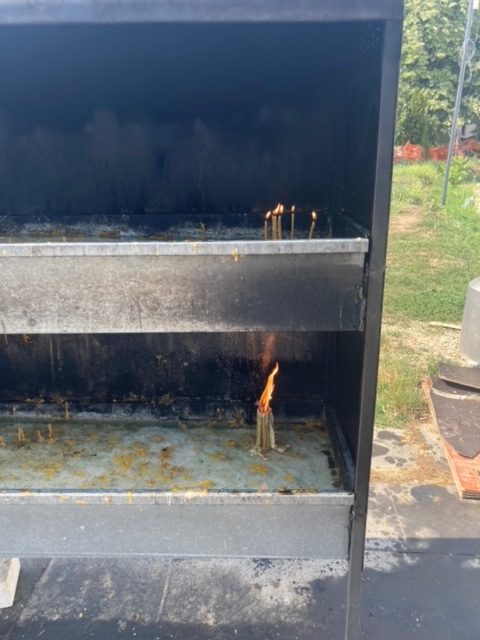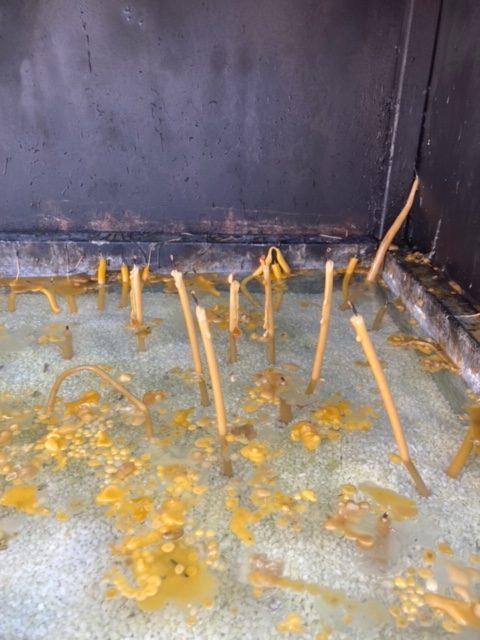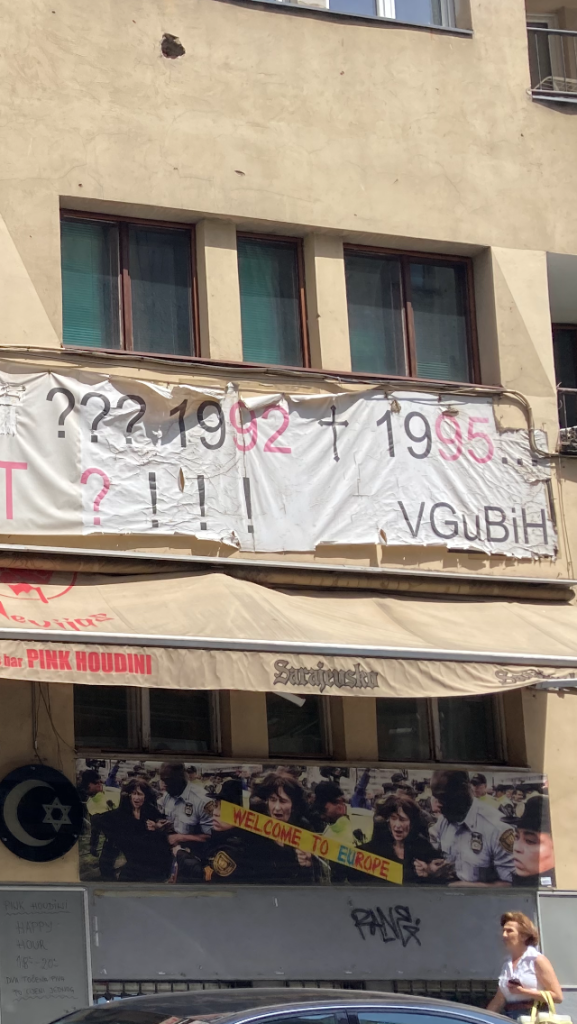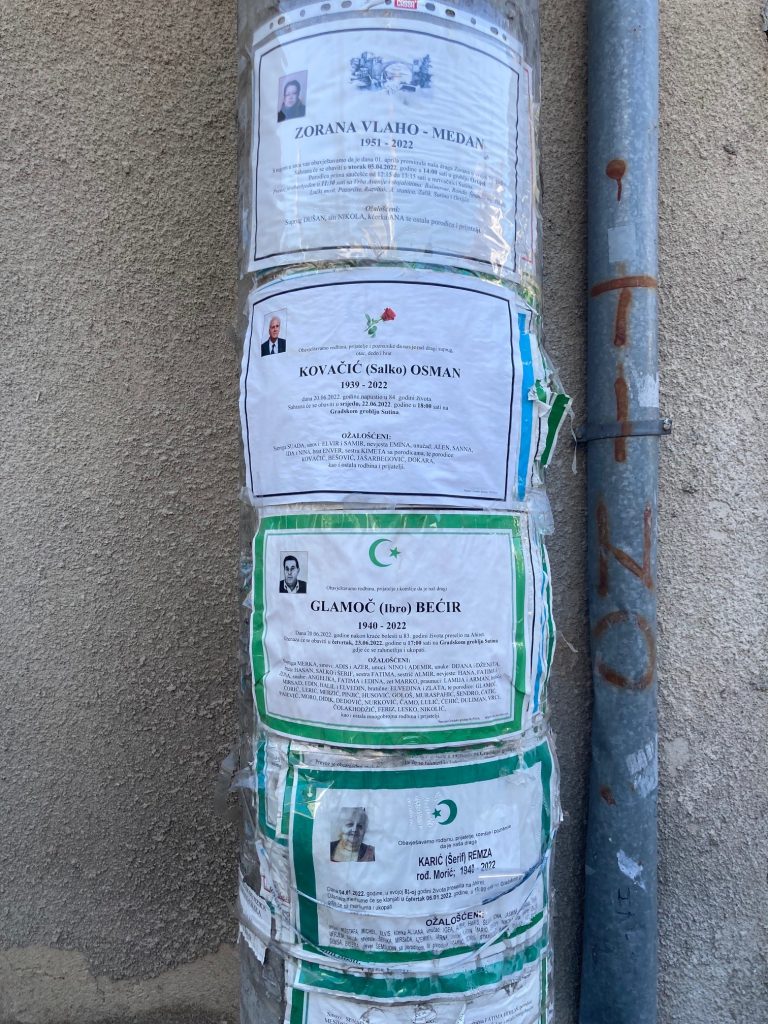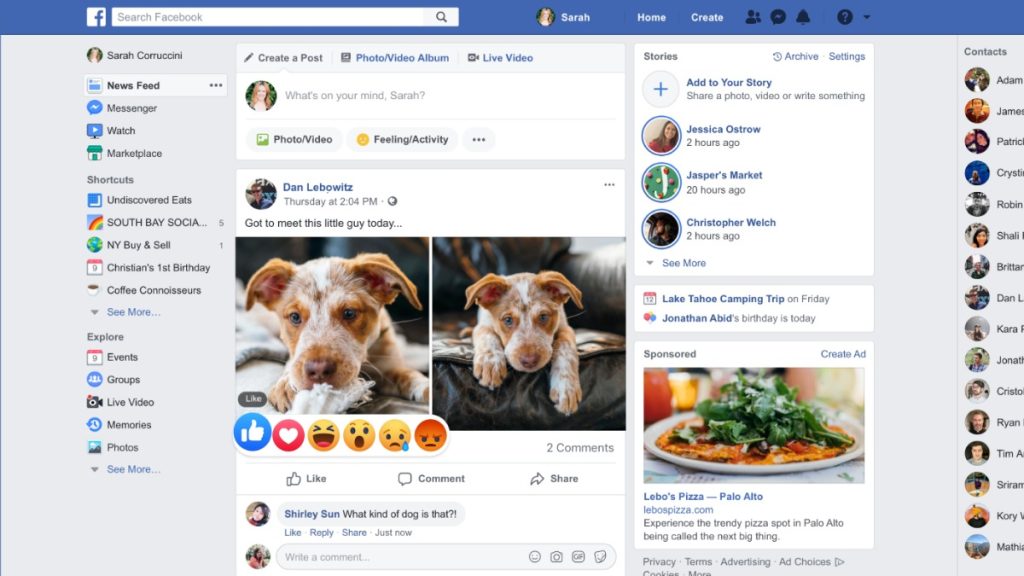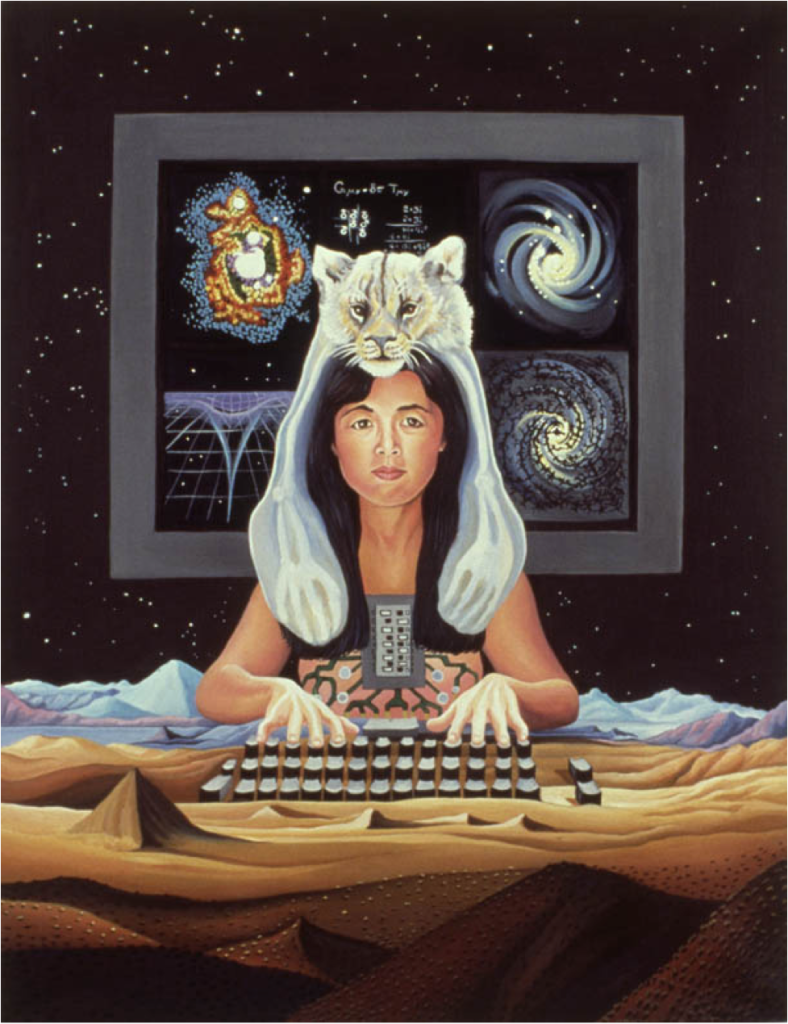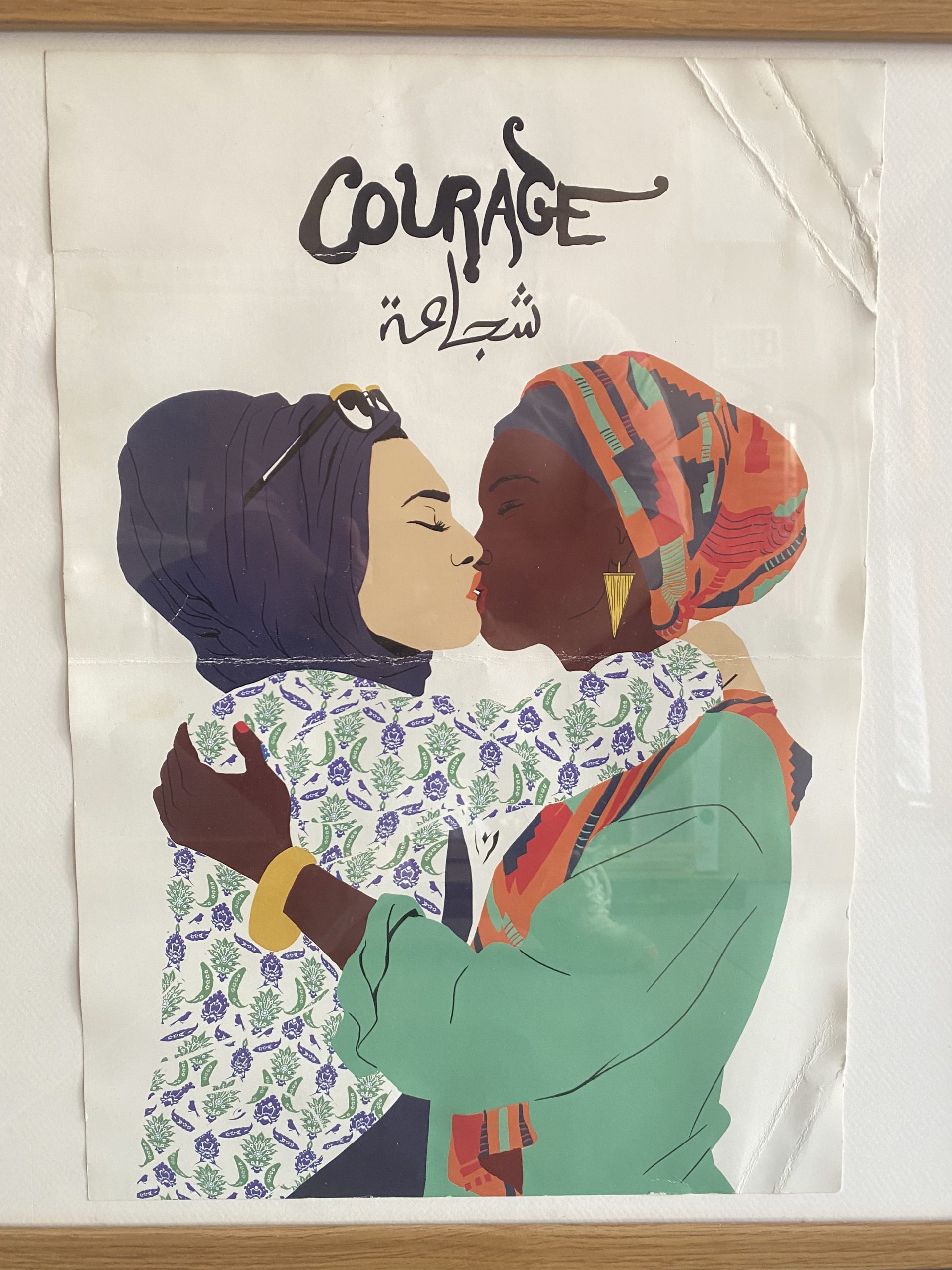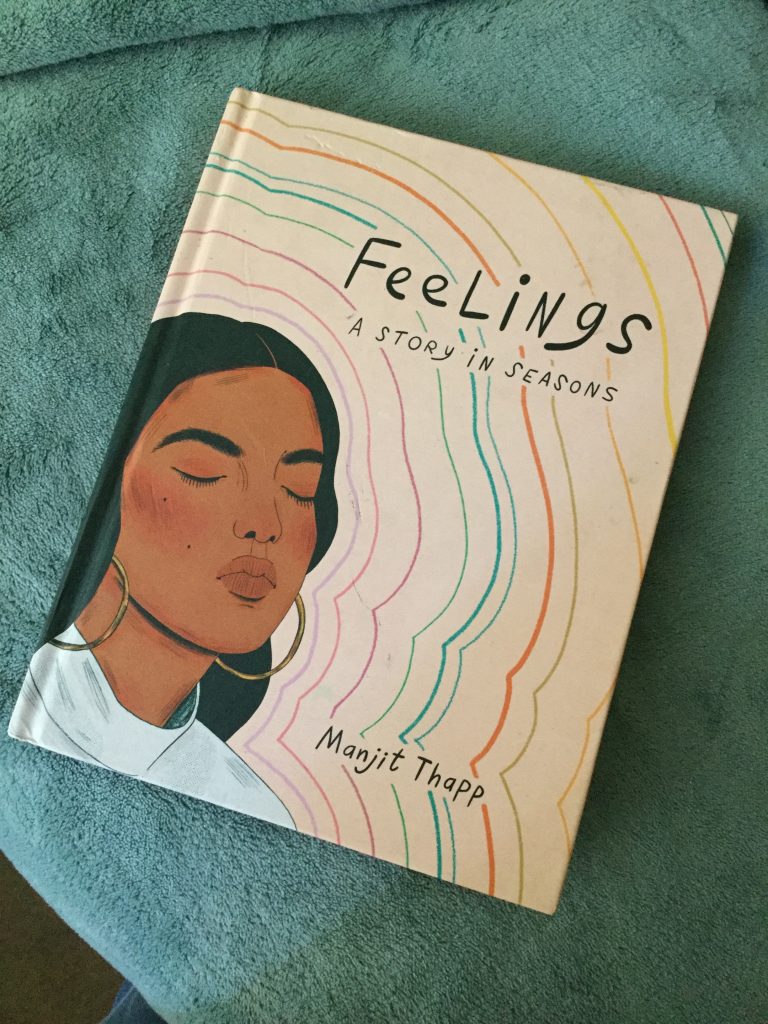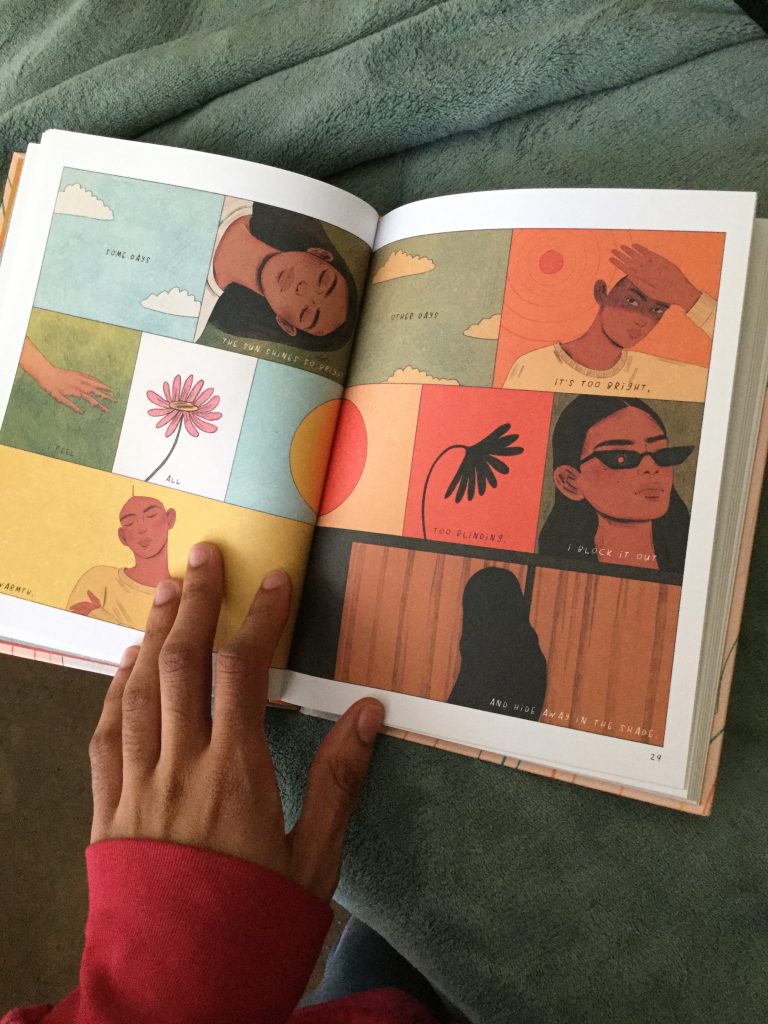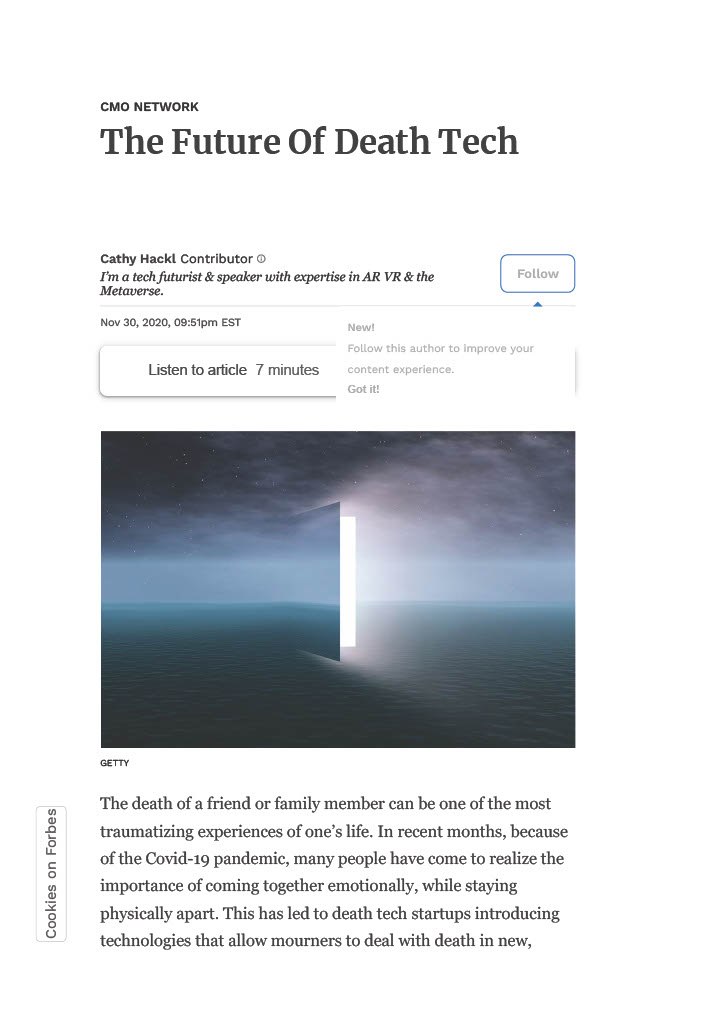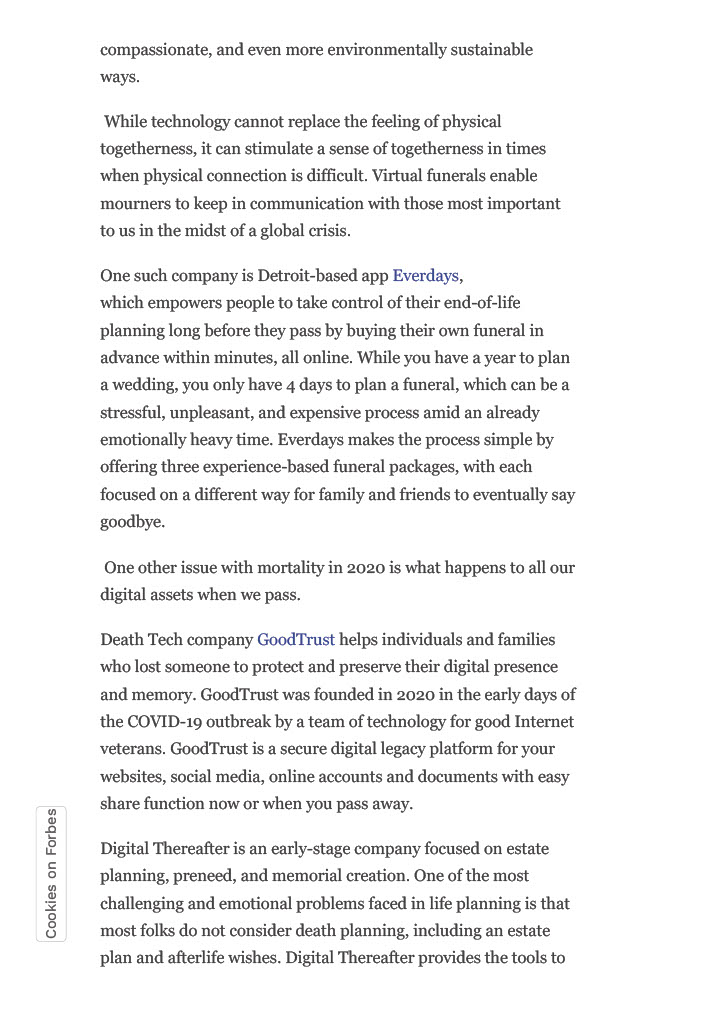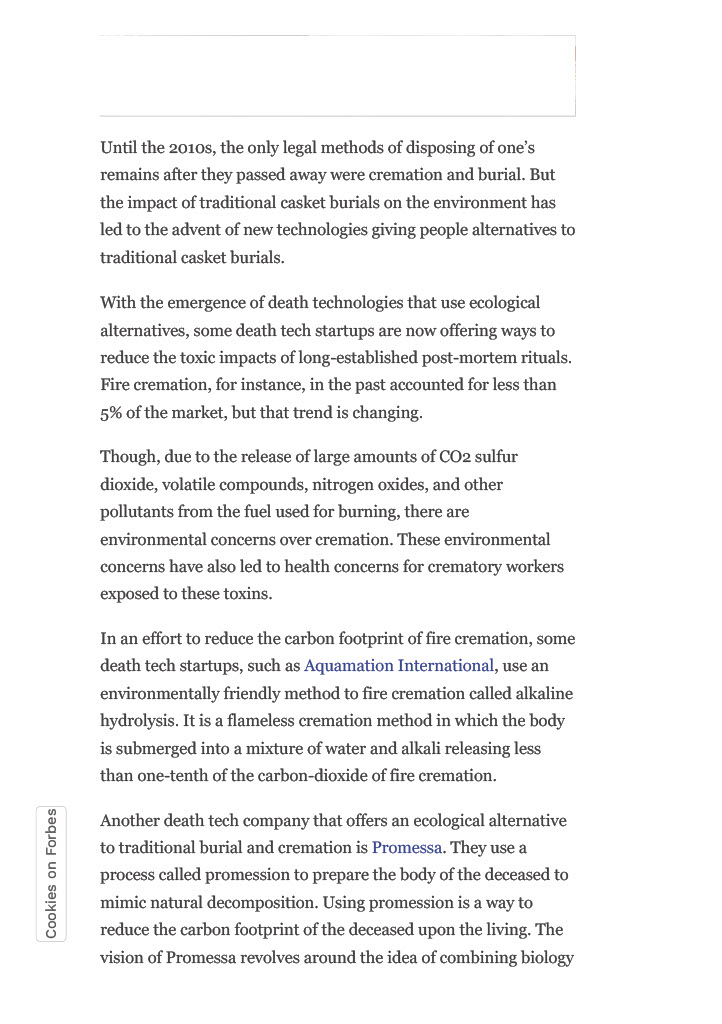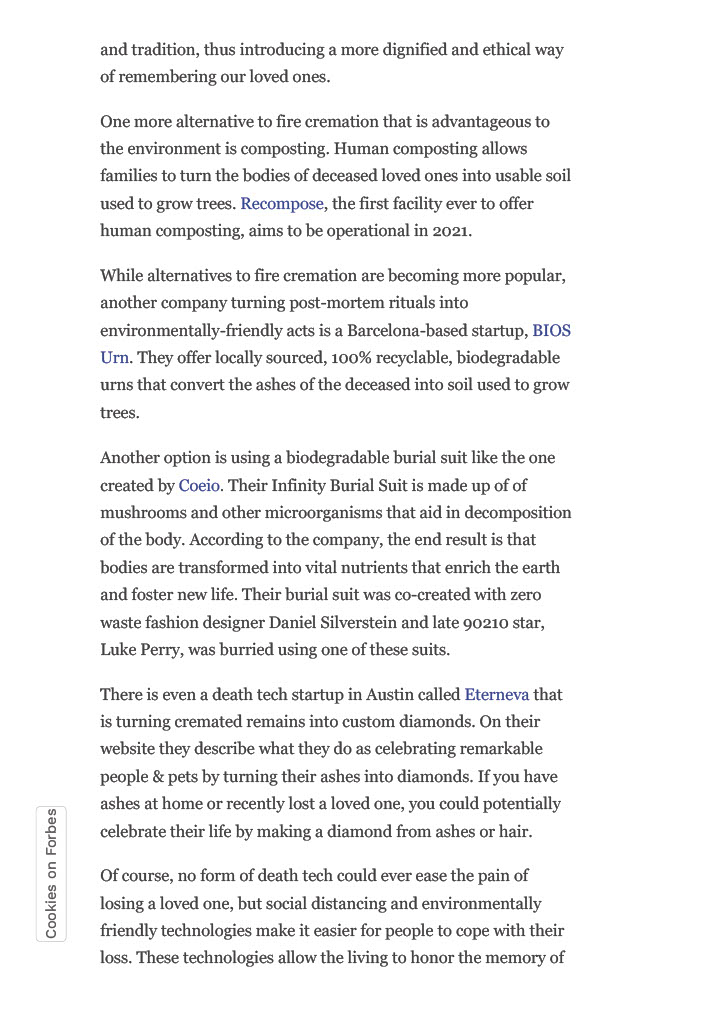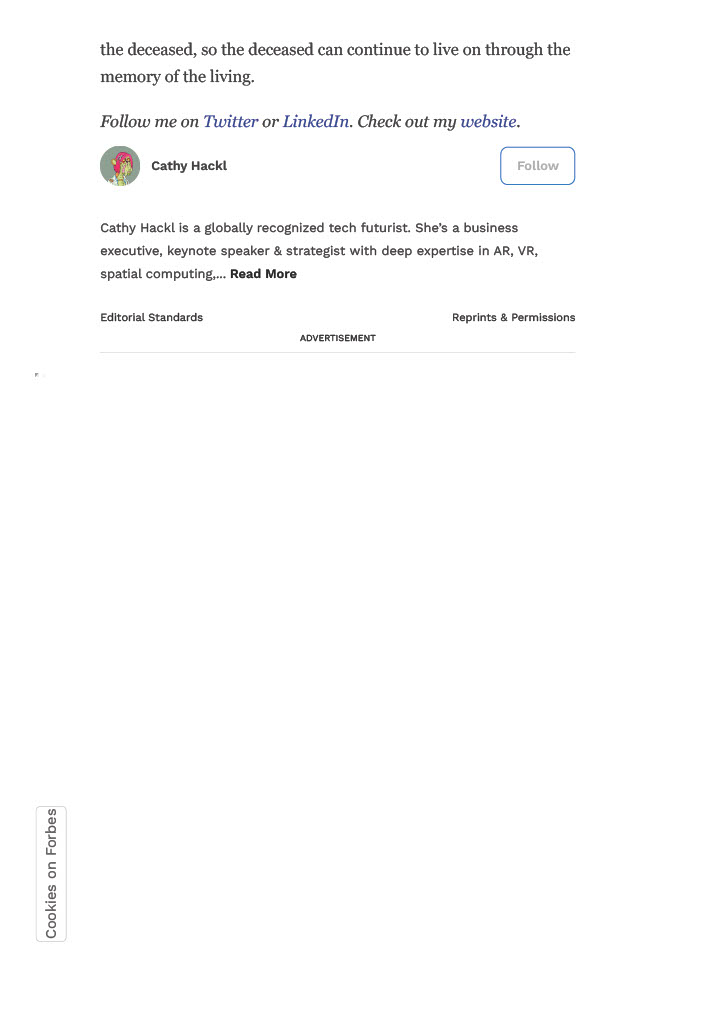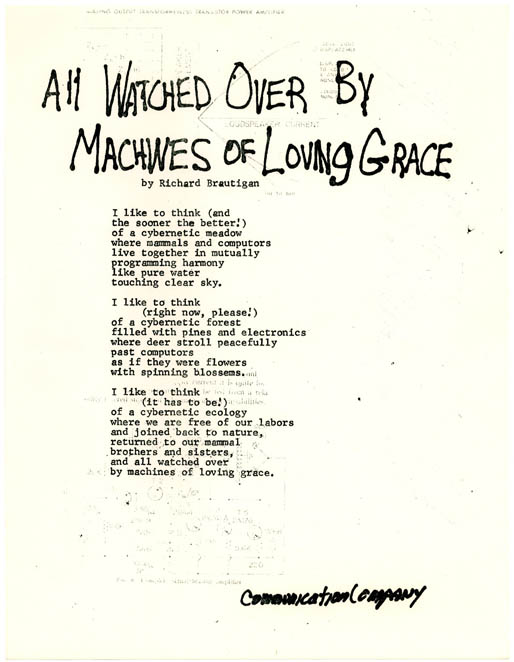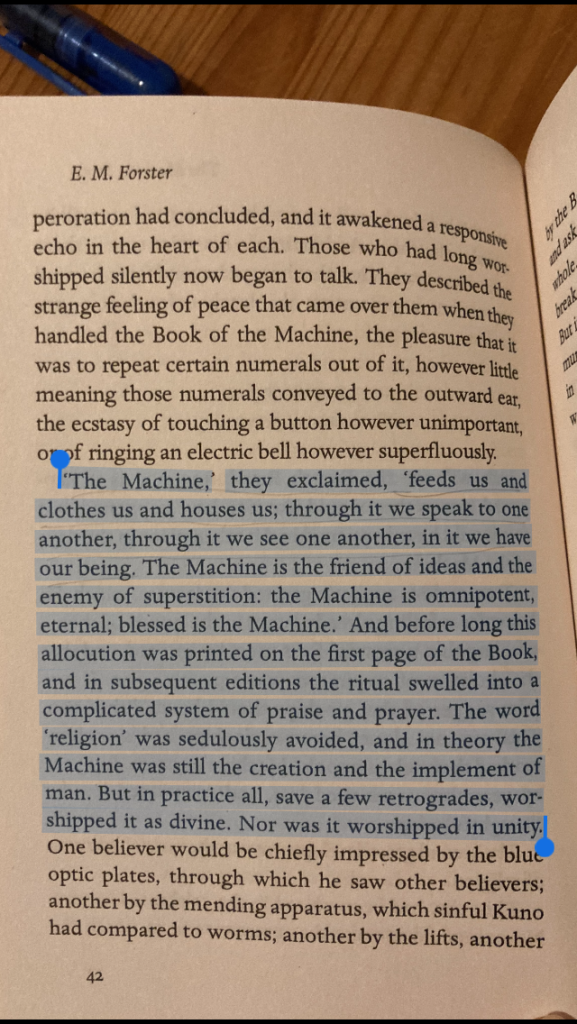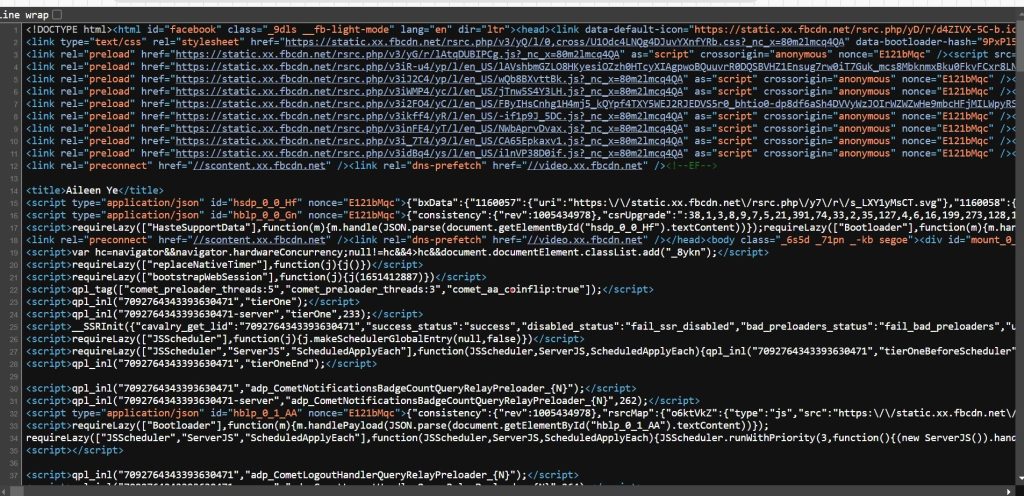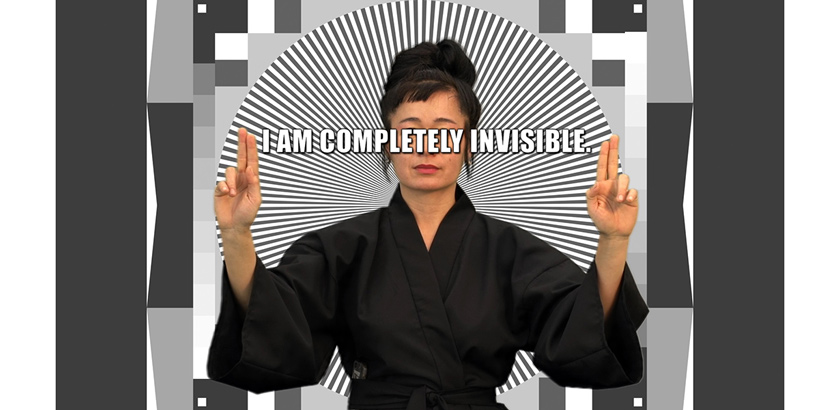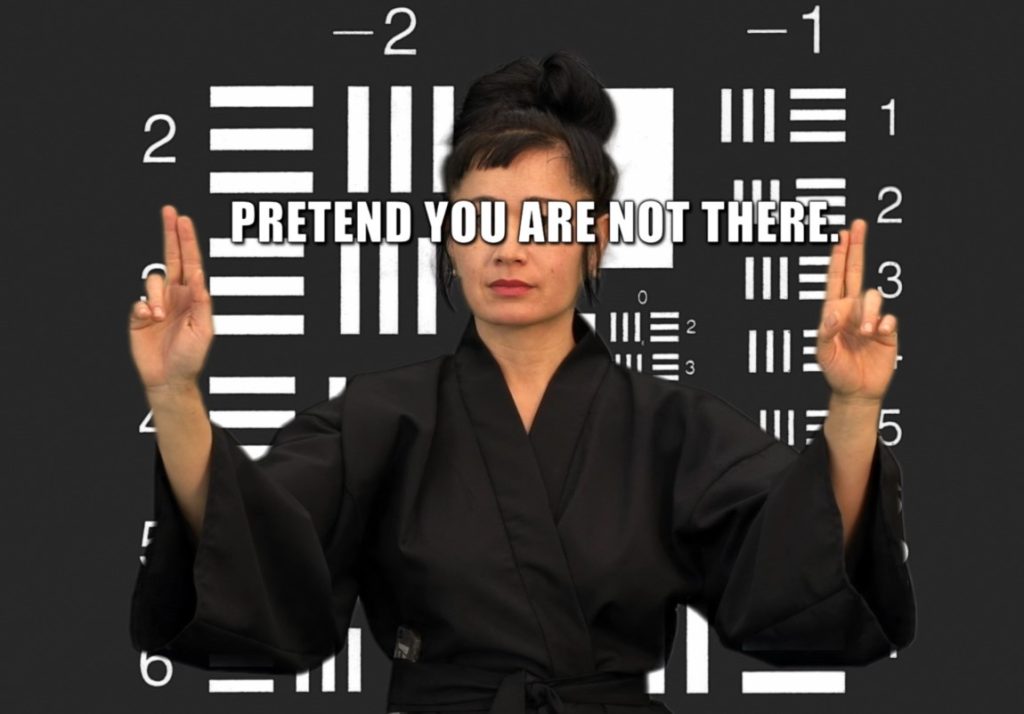Homecoming; A Placeless Place / Folsktone Edition.
The above video is just a small taster of the Folkstone public’s contributions to the ongoing project HOMECOMING. I thought seeing a before and after would give good context for how the installation works in a public space.
During the ‘reveal’ event on July 3rd, I thought I had recording the almost 2hr conversation which took place amongst strangers when we all saw, for the first time, what was on these walls. Bare in mind before this no one had any UV lights so no1 knew what was being placed on the walls, where.
Unfortunately my audio device just didn’t record the whole conversation. So I invited some participants to share with me their reflections of the reveal event and here is one response:
It’s like you were afforded dignity’
——————————————————–
This specific social experiment is called ‘Homecoming; A Placeless Place’ and it is a touring participatory installation which has been asking since pre pandemic (2019+) ‘what does home mean to you?’
All languages are welcome, anything you wish to write, anywhere on the surfaces of these spaces.
Where to next?
